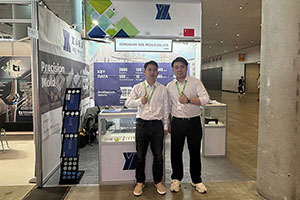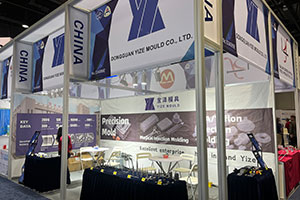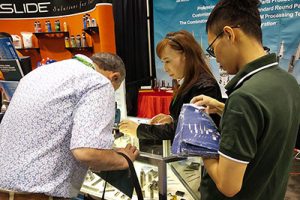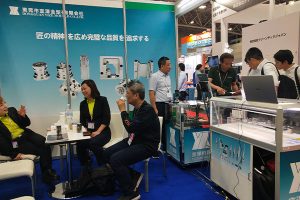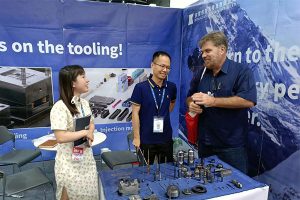A Comprehensive Analysis of Tungsten Carbide Types
Tungsten Carbide Overview Tungsten carbide, also known as cemented carbide, stands out in modern industry with its excellent physical and chemical properties, particularly its outstanding wear resistance. It is a […]
Tungsten Carbide Overview
Tungsten carbide, also known as cemented carbide, stands out in modern industry with its excellent physical and chemical properties, particularly its outstanding wear resistance. It is a composite material primarily composed of tungsten carbide (WC) with the addition of an appropriate amount of cobalt or other metallic elements. Its high hardness, strong wear resistance, and excellent corrosion resistance make it shine in multiple industrial fields. Especially in processing that requires long-term sharpness and precision, tungsten carbide demonstrates unparalleled advantages, becoming a key material for manufacturing high-precision, high-quality products.
Our factory business: carbide parts, mold parts, medical injection molds, precision injection molds, teflon PFA injection molding, PFA tube fittings. email: [email protected],whatsapp:+8613302615729.
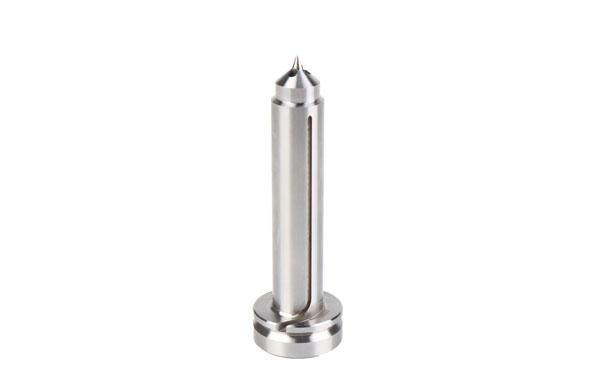
Detailed Introduction to Tungsten Carbide Types
- High-Speed Steel
- Properties: High-speed steel has a high carbon content, rich in alloy elements, excellent hardness, strong wear resistance, and good toughness and impact resistance.
- Applications: Widely used in the manufacture of various cutting tools, mold cutting edges, such as lathe tools, milling cutters, drills, broaches, etc., significantly improving processing efficiency and quality.
- Common Grades: M2, M42, etc., suitable for processing difficult-to-machine materials and high-speed, heavy-load cutting, respectively.
- Cemented Carbide
- Properties: Made from refractory metal carbides and metal binders through powder metallurgy techniques, it has extremely high hardness, wear resistance, and red hardness.
- Applications: An ideal material for high-precision, high-efficiency cutting tools and molds.
- Classification and Grades: Divided into YG (tungsten carbide-cobalt), YT (tungsten carbide-titanium carbide-cobalt), and YW (tungsten carbide-titanium carbide-tantalum carbide-cobalt) types based on carbide content, suitable for processing soft materials, medium-hardness materials, and a wider range of applications, respectively. Common grades such as YG6, YG8, etc., meet different hardness and wear resistance requirements.
- Cobalt-based Heat-resistant Sintered Aluminum Alloys
- Properties: A new type of high-temperature heat-resistant material made from pure aluminum with the addition of antioxidants, with a melting point of over 1670°C, maintaining good thermal conductivity and corrosion resistance, high strength, and resistance to deformation.
- Applications: An ideal choice for manufacturing high-temperature working components.
- Tungsten-Titanium Alloys
- Properties: Combining the high hardness of tungsten with the lightweight and corrosion resistance of titanium, it has excellent comprehensive properties.
- Applications: Mainly used in the manufacture of aerospace components and precision instruments.
Summary and Outlook
There are many types of tungsten carbide, each with unique characteristics suitable for different application scenarios. When selecting, it is necessary to comprehensively consider the working environment and workpiece material to ensure that the material properties meet the requirements. With advancements in technology and industrial development, the properties of tungsten carbide will continue to improve, and its application fields will further expand, injecting more vitality and innovation possibilities into modern industry.


